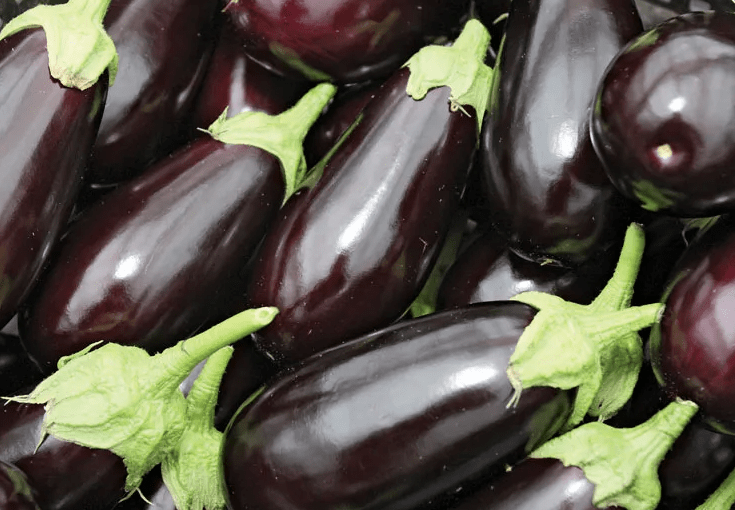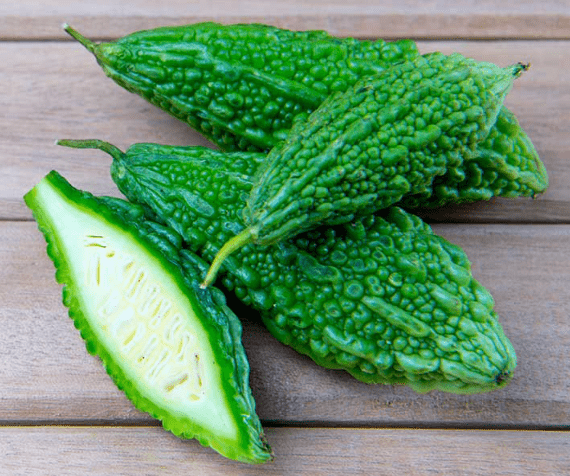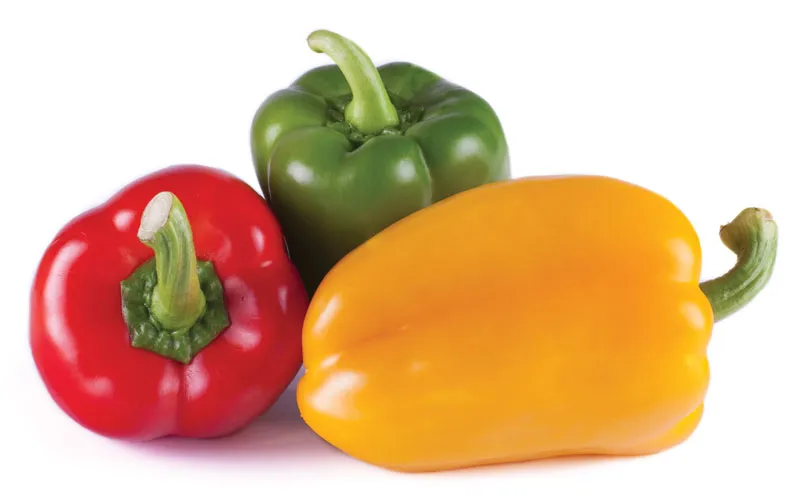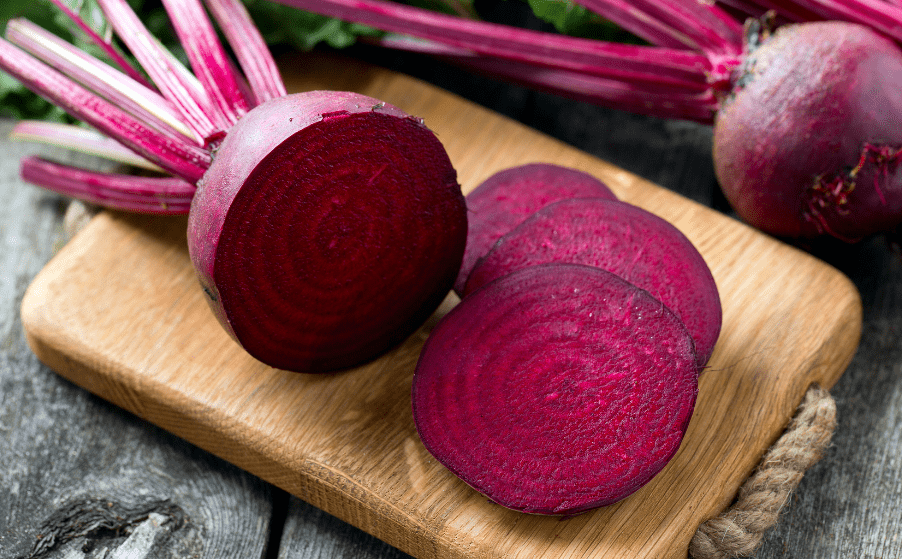Brinjal
Description Also called eggplant. Several well-known cultivars provide fruit with an egg-like shape, a glossy purple shell, and a white inside with a “meaty” texture. Other types are paler in hue and have longer forms. The fruit, which is classified botanically as a berry, has a number of small, palatable seeds that are soft and […]






